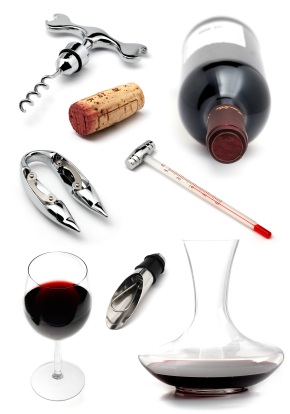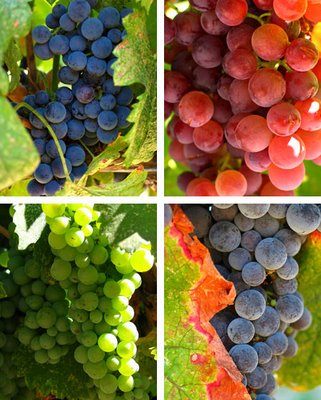
It’s always great to enjoy something which has been enhanced by the use of a foreign material. Like the use of a garnish to enhance the appeal of a dish. I remember as a student, my faculty use to shower us with garnishing tips, explaining the reason that the guest eats from his eye. A strange statement though, it’s nothing but a fact. Now after this vague example, let’s shift our thoughts to apply the same practise in wine drinking etiquettes.
Arguably, any wine drinker or specifically a connoisseur will agree that “accessories” in wines plays a vital role in enhancing the overall wine drinking experience. Experts have innovated many, but few prove to serve the right purpose and very essential whilst some are just an alternative.

It was only until when I was left with no choice, but to enjoy my wine in a water glass, I realized, how important role a shape of a wine glass plays in the appreciation of wines. Piny Elder is the man behind introducing glass as a tool for drinking wines, which earlier use to be a clay cup and a brass metal eventually. The shape of the glass enhances thebouquet of the wine, be it red or white and allows it to fall on the part of the palette, where one will benefit the most out of it. Let’s just say that you avoid one bad comment about a wine or a brand, if it was not for an appropriate wine glass.

The first time when I saw a “decanter”, I unhesitatingly guessed it as a flower vase without thinking much that this glassware is an important tool to bring out the complex aromas and flavours from a wine. Technically defined as “breathe”, its use is twofold; firstly, old wines which are meant to be aged and relished at a later stage, usually containsediments which are natural and unappealing. Decanting helps to get rid of those unwanted sediments by holding a candle or a torch at the neck of the bottle, and pouring the wine on a tilted angle. It allows the sediments to settle down at the neck of the bottle. Secondly, it helps to release and maximize aromas and flavours in an old and a young wine – both red and white. The older and deeper the colour of a wine, the longer it needs to breathe. Notably, a decanter should not be used for a sparkling wine, since a wide breathing space will allow its fizz to escape and the wine no longer persist its refreshing character.

What’s the fun in spending a $ 100 on a bottle of wine whose aromas cannot be enjoyed? Humans have always found a solution for everything and this time it’s yet another accessory called “wine aerators”. Personally speaking, this accessory is a life saver for the famous chateaus and producer’s, whose quality expectancy, owing to the brand loyalty is much more in the minds of a consumer. The purpose of a wine aerator is quite simple. It is designed to fully aerate and allow your wine to breathe. This in turn lets out all the flavours and enables you to taste and enjoy the wine as it was intended to be enjoyed by the winemaker. To give it a try, pour 2 wines of the same kind in a glass, one directly from the bottle and the second through an aerator, the difference in the smell is quite an answer for my question asked earlier.

I have always, in almost every wine session, welcomed this question. “For how many days can we store an open bottle of wine, without deteriorating its taste”? A crisp answer to this is an easy 2-3 days, wherein the cork has to be properly inserted right in the bottle. However, for better results a “pump” and a “stopper” is one of those accessories which comes as a saviour in case you’re sure to not finish a bottle of wine for the next 4 days. Pumping helps remove the air from the bottle, which is simply described as the “enemy of wine”. The more the wine you remove from the bottle, the more you have to pump to get the air out. For example, pouring only one glass of wine will need only 3 pumps to create the vacuum, but if you pour 3 glasses from a bottle (750 ml) may take 8-10 pumps. It’s fun to pump, try it!!!
Defining about accessories will be never-ending, but as I said earlier. Many are invented but only few serve the right purpose and the rest is just an alternative. - Agnel Gilbert






